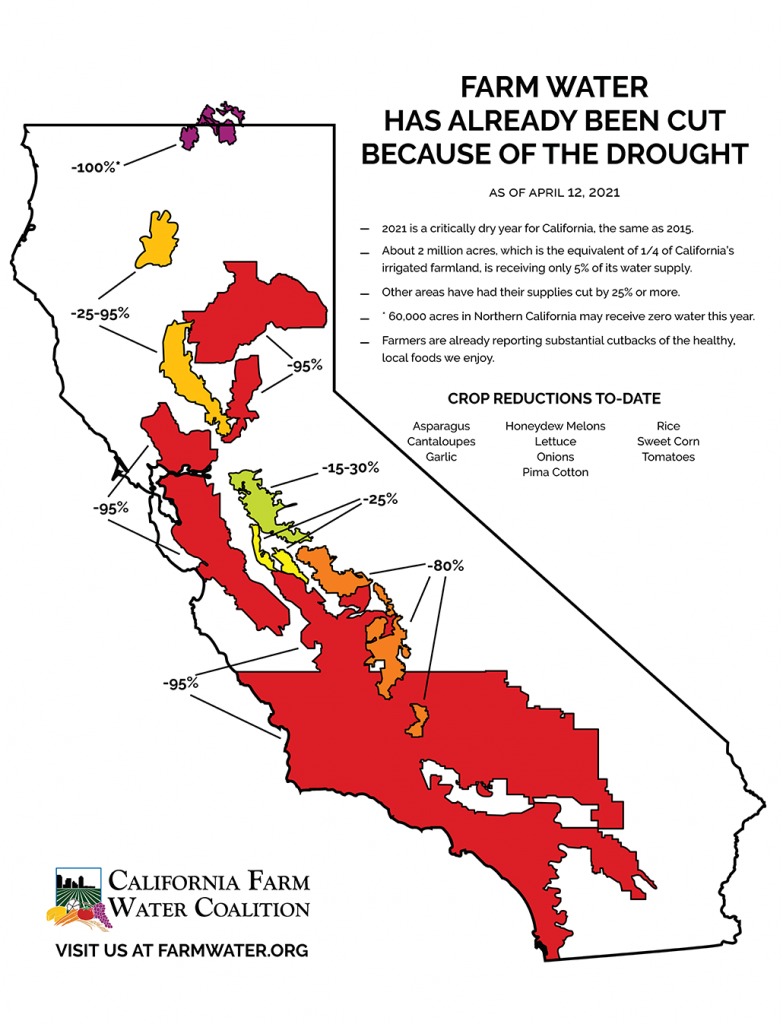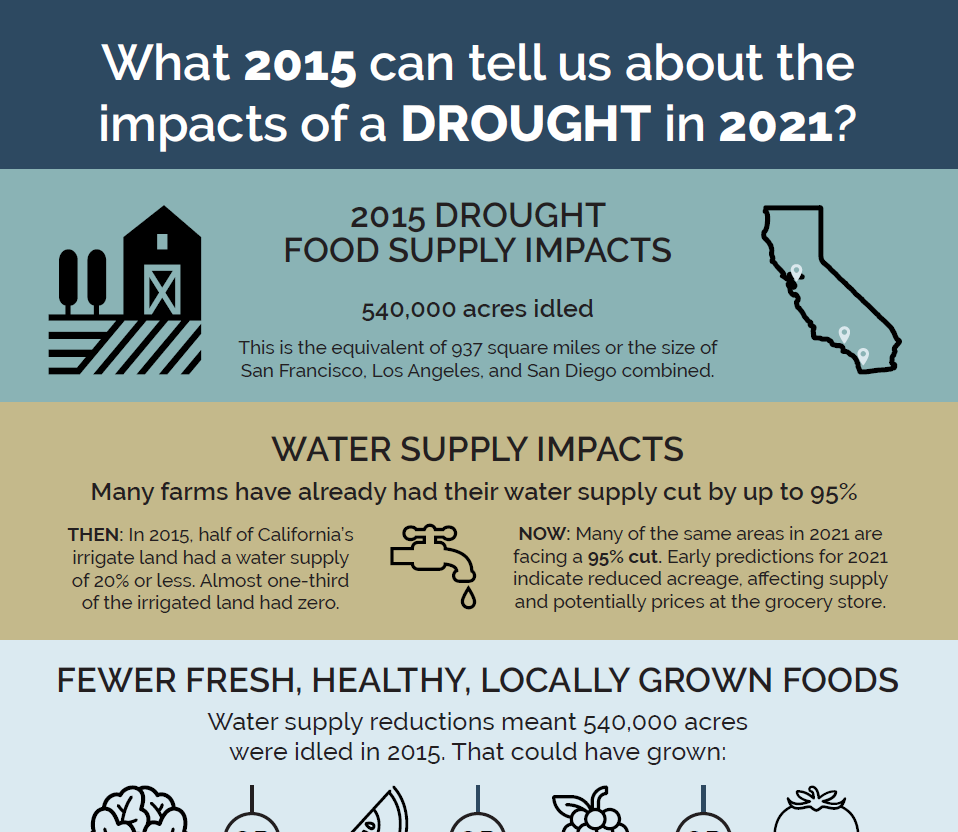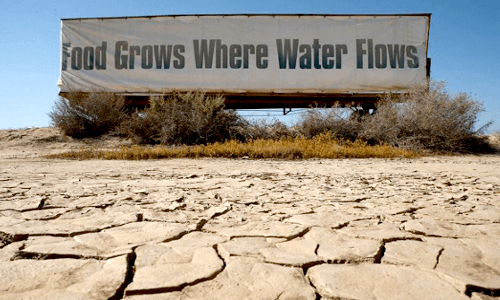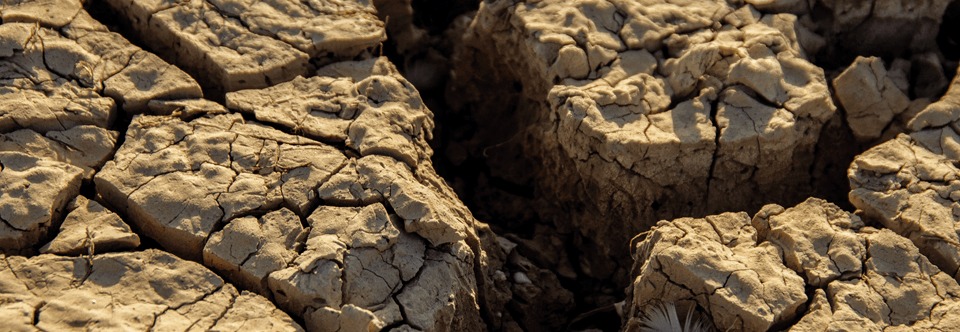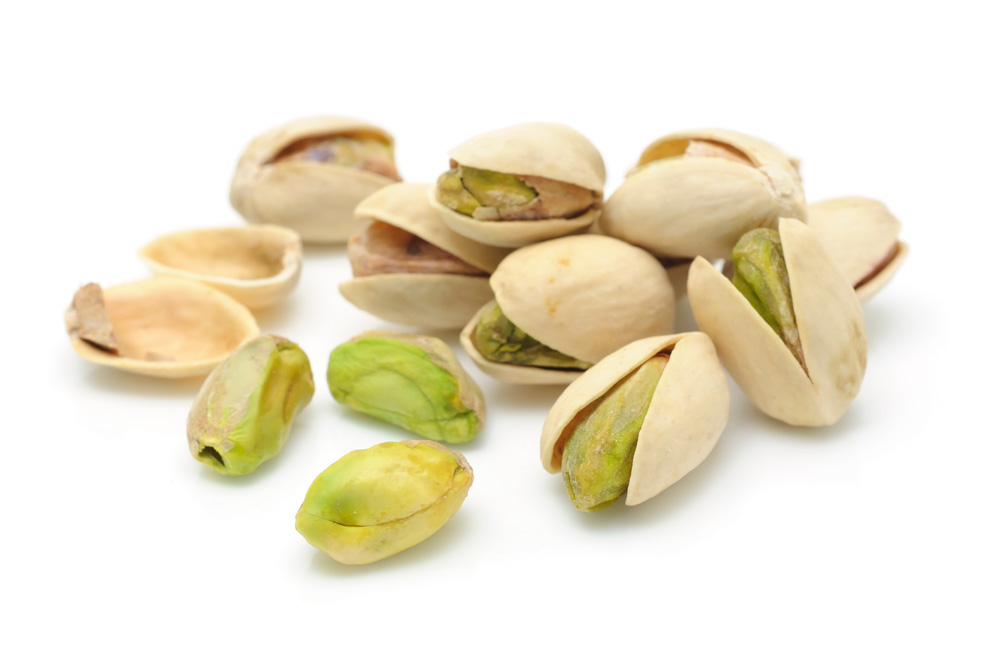Click here to see the latest map. Updated: June 2021 California farms are bearing the brunt of this year’s short water supply and have been forced to reduce the acreage of popular California crops, such as asparagus, melons, lettuce, rice, tomatoes, sweet corn, and others. Water supply reductions mean fewer fresh fruits and vegetables for […]
What can the 2015 drought tell us about the impacts of a drought in 2021?
UC study provides look at consequences from water shortages
Below is a statement by Mike Wade, Executive Director of the California Farm Water Coalition. An updated study released today by the California Department of Food and Agriculture and the UC Davis Center for Watershed Sciences provides a glimpse of the consequences of water supply shortages for the state of California. These effects will […]
3/5/14: Farmers Send Letter to Congress Seeking Bipartisan Leadership
California farmers recognize the dire situation this year’s drought brings. So much so that more than 1,200 of them signed a Petition Letter to Congress insisting they set aside political differences & work together to address the California water crisis.
Continue readingCalifornia Pistachios
Today, February 26, is National Pistachio Day! To help celebrate we’ve brought together some fun facts, while some of California’s food bloggers and Setton Farms have teamed up to bring us some very special recipes.
Continue readingLearn More About Agricultural Drought Impacts
Updated 6/13/14: While many farmers will be fallowing, or not planting, their fields simply because there isn’t enough water to meet their needs, the Drought will be felt beyond the farm – impacting related industries and family dinners across the country.
Continue reading